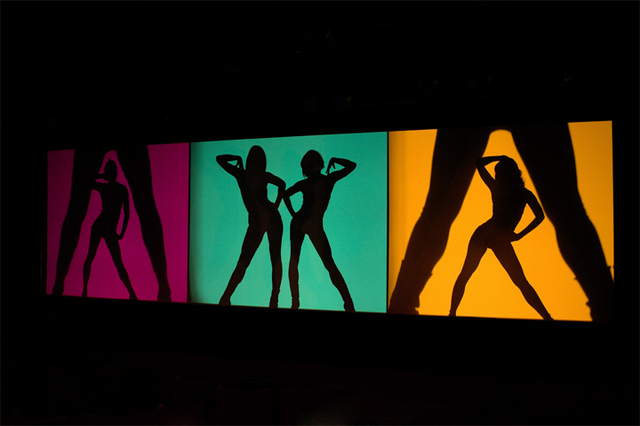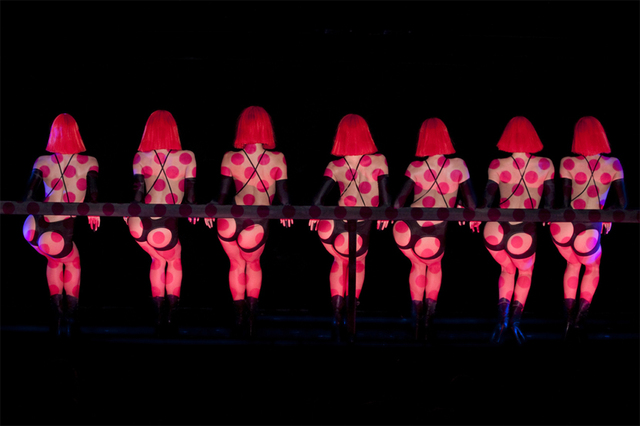Film Review: Observational Documentary Ogles Paris’ Famed Crazy Horse Cabaret
Apparently, There Is A Place In France Where The Naked Ladies Dance


Even the shadows in Paris are sexy.

Latest Article|September 3, 2020|Free
::Making Grown Men Cry Since 1992


Even the shadows in Paris are sexy.
